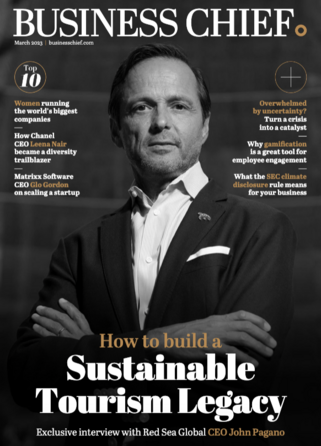Asia Pacific Tops North America for Most Millionaires

It’s official: Asia Pacific’s ever-growing network of economies has topped North America and Europe as the region with the largest number of wealthy citizens in the world.
Canadian consulting firm Capgemini and RBC Wealth Management’s annual report, World Wealth, revealed that then number of millionaires residing in the region – in China, Japan, Thailand, Malaysia and Indonesia, specifically – rose 1.6 per cent, bumping the total number of High Net-Worth Individuals (HNWI) to 3.37 million.
By contrast, North America’s wealthy population fell by 1.1 per cent to 3.35 million. Australia is ninth on the list with 180,000 individuals.
According to the report, a ‘HNWI’ is defined as a person with liquid assets worth US$1 million or more. There are currently 11 million worldwide, with most of 2011’s growth focused within the $1-$5 million bracket.
SEE RELATED STORIES FROM THE WDM RETAIL CONTENT NETWORK:
- Asia Pacific: a hot region for international hotel expansion
- Australia Beckons Chinese Tourists in $250M Campaign
- Costco Memberships Soaring in Australia, Asia
Click here to read the latest issue of Business Review Australia
“It speaks to what’s happening in the [Asia-Pacific] region: Greater numbers are coming into wealth as their economies grow,” Gay Mitchell, deputy chair of RBC Wealth Management, told The Globe and Mail.
This is the first time in the report’s 16-year history that Asia Pacific has topped the list, which reflects the 4-5 per cent global wealth growth expected to be driven by “wealth creation in emerging markets, especially Asia,” over the next five years, Bloomberg reported.
In China, the luxury market is slated to be worth $27 billion by 2015 and the nation is now the largest market for art, antiques and Bordeaux.
- How software giant Atlassian became a climate action leaderTechnology
- Why Australia must embrace digital reporting – or lag behindSustainability
- Top 10 Asian companies leading the sustainable chargeSustainability
- OAG confirm Kuala Lumpur as #1 connected airport in APACLeadership & Strategy



